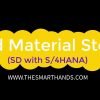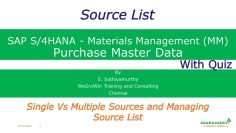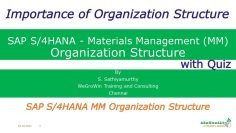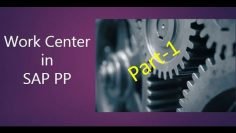This video tutorial provides a comprehensive understanding of the Schedule Line Category in SAP S/4HANA Sales and Distribution (SD). The speaker delves into the topic, explaining the functions, types, and naming conventions of the Schedule Line Category. Here are the key points discussed:
- What is Schedule Line Category: In a sales document, items are divided into one or more schedule lines. These lines vary as per the date and quantity. Schedule lines contain important information like delivery dates, quantity, availability, and inventory.
- Types of Schedule Line Categories: Depending on the different document types in sales, different item categories will have different schedule line categories linked. For example, ‘AT’ for Inquiry, ‘BN’ for Quotation, ‘CP’ for Order, ‘DN’ for Return, etc.
- Naming Convention of Schedule Line Category: The naming convention for the Schedule Line Category in SAP consists of two characters. The first character represents the document type (A for Inquiry, B for Quotation, C for Order, D for Return), and the second character represents the inventory management and MRP status (T for No Inventory Management, N for No MRP, P for Material Requirement Planning, V for Consumption Based Planning, X for No Inventory Management with Goods Issue).
- Functions of Schedule Line Category: The Schedule Line Category performs various functions like requirement transfer, availability check, goods movement, delivery relevance, and purchasing related customizing. These functions can be customized within the Schedule Line Category.
- Controlling Elements in Schedule Line Category: Different controlling elements can be defined for schedule lines. For example, in the ‘BN’ Schedule Line Category (Quotation), no requirement transfer, no movement type, and not relevant for delivery are maintained. In the ‘CP’ Schedule Line Category (Order), requirement transfer is activated, movement type 601 is mentioned, and it is relevant for delivery. In the ‘DN’ Schedule Line Category (Return), no requirement transfer is needed, a different movement type is mentioned, and it is relevant for inbound delivery.



























